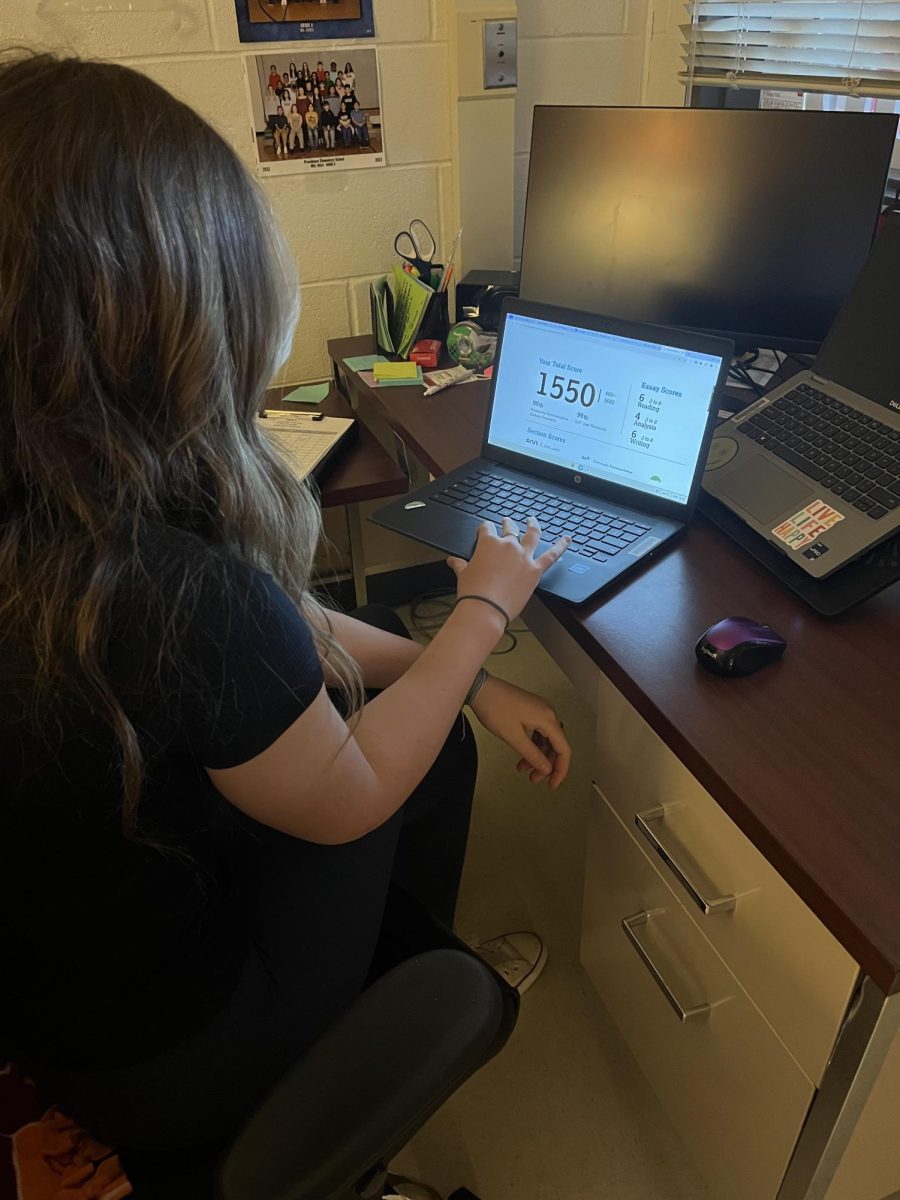Ever wonder how textbooks found their way into the classroom and eventually into overflowing backpacks? The textbook adoption process is intricate and can lead to problems for schools and students. Pearson, one of the educational companies AHS subscribes to, is currently under scrutiny in New York for possible misconduct with school officials and textbook recommendations.
Pearson Investigation
The New York State attorney general is examining Pearson over its activities with state education officials and education conferences in exotic places like Rio de Janeiro. Months after a conference, Kentucky superintendent, Lu Young, declined the lowest bid of $2.5 million from CTB/McGraw-Hill and recommended Pearson to her schools. Six months later, the Kentucky Education Department accepted a $57 million contract with Pearson. Terry Holiday, the department commissioner, later traveled to Brazil and China insured by the Pearson Foundation.
Fairfax County
How can local schools avoid selling out and choose the best textbook company?
Karin Williams, Director of Operations and Strategic Planning, explains the processes that FCPS goes through concerning textbooks. “The standard curriculum provided by the state is enhanced by teams of FCPS teachers working in the summer to provide the optimal learning experience for students,” Williams said.
Textbook Adoption
Textbooks are chosen every six years or so through a group of school board appointees from the public and educational community. The K-12 curriculum coordinator oversees the process. After the committee meets and chooses titles for consideration, the community is invited to review the textbooks and share their thoughts. The curriculum coordinator gathers the feedback, and presents recommended titles to the FCPS school board and leadership team for final approval. One textbook per grade level is usually adopted. School principals are then asked to purchase new textbooks for the following school year.
“The K-12 curriculum coordinator and team conduct teacher training, updates curriculum guides, and provides other resources for teachers during the summer. We are currently in the process of implementing the mathematics textbook adoption.” Williams said.
Online Textbooks
“The social studies online textbooks were purchased centrally to improve the cost per subscription and reduce the ordering burden from the school staff. When FCPS adopted social studies textbook it was evident that many publishers had excellent online textbook options,” Williams said.
After a pilot program, the school division chose to purchase online social studies textbook subscriptions for grades 7-12.
“One of the biggest business or economic hurdles was establishing fair contracts with the traditional publishing houses. Since many of the publishing houses have merged in recent years, the options are more limited. Also, for the K-12 market, online textbooks are fairly rare so the business models were not established. Overall, both companies bargained fairly and gave FCPS a six-year commitment and offered a fair price.”
Comparisons
An annual review is held to see if the FCPS curriculum holds up against state and national standards. FCPS teachers can apply to be on state review committees to review and update state standards. They can also sit on local curriculum and development teams that are held each summer.
The Companies
“It is true that many of the remaining publishing companies have the whole education solution, but at least in FCPS, we are careful not to merge the different types of educational materials and resources available from one company into a big package,” Williams said. “Each product is looked at individually and only those materials that meet the curriculum/content need are purchased,” Williams said.
Education Market
“I believe education has always been a commodity and market, we just haven’t seen it that way,” Williams said. “The federal government, in an attempt to ensure that all children are afforded a robust education, created the NCLB legislation and made the commercial sector take more notice of the K-12 education market. Many companies began to promote products and services to help failing school districts in an aggressive manner.”








